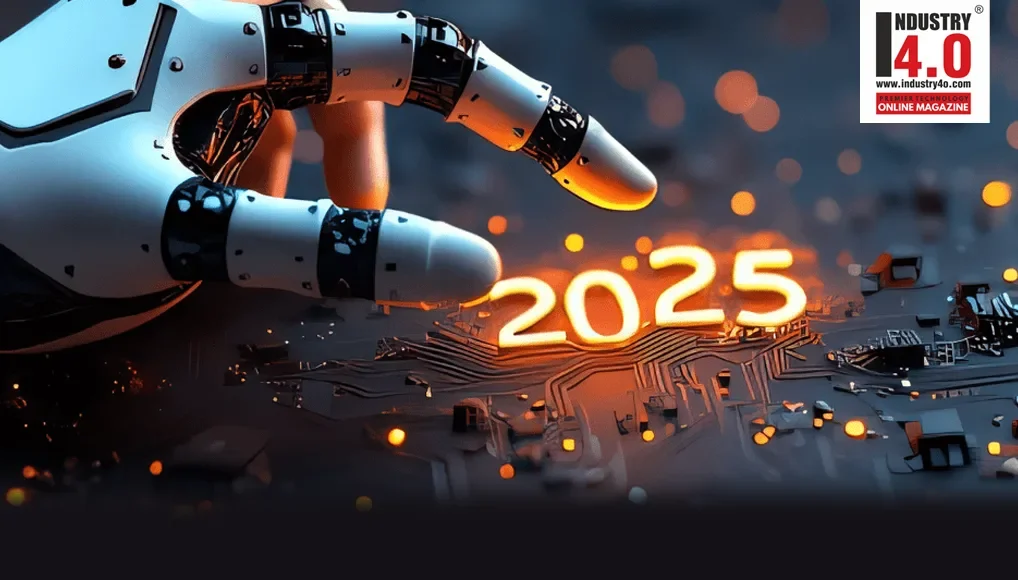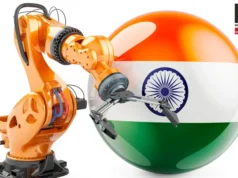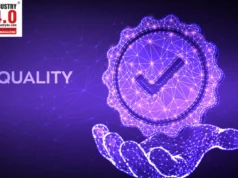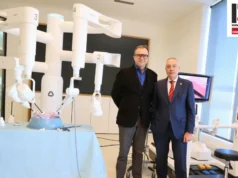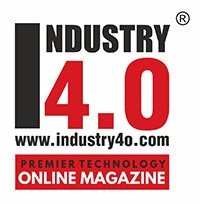SAP Transformation Trends 2025 – What Companies in the DACH Region are Prioritising?
Introduction
Across Germany, Austria, and Switzerland, the digital transformation journey of companies using SAP solutions has reached a decisive phase. The question for most organizations is no longer whether to transform, but how to do so efficiently and securely.
The 2025 valantic SAP study on SAP Transformation Trends in the DACH Region highlights how companies are navigating this shift. Migration to SAP S/4HANA, the move to cloud-based architectures, and the integration of artificial intelligence (AI) are driving new priorities.
While many firms began their transformation years ago, this year’s findings show a clear pivot toward hybrid migration models, private cloud infrastructures, and pragmatic AI adoption aimed at measurable business value.
SAP S/4HANA Migration – Where do Companies Stand ?
SAP S/4HANA continues to be the foundation of enterprise modernization. The study’s data reveals a dynamic landscape:
- 29 % of companies are currently planning their migration.
- 40 % are in the midst of implementation.
- 27 % have already completed their migration.
- Only 4 % have no migration plans at all.
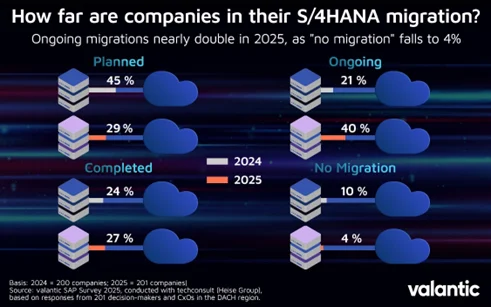
This means that nearly every SAP using company in the DACH region is on the S/4HANA journey in one way or another. What varies is the pace, scope, and strategy.
Companies that have already completed the transition report improved data consistency and better integration with new-generation applications. Those still planning or executing their migration often cite resource availability and integration complexity as the main bottlenecks.
The transition is also creating new skill demands within IT departments. SAP experts capable of handling both traditional ECC systems and S/4HANA landscapes are in particularly high demand — and often in short supply.
 Migration Strategies & Operating Models
Migration Strategies & Operating Models
The Rise of Hybrid Strategies
A major trend identified by the study is the strong shift toward hybrid migration strategies. In 2025, 57 % of companies prefer what many call an extended brownfield or Bluefield approach — combining the stability of existing systems with the innovation potential of new functionalities.
This hybrid model allows organizations to reuse proven business logic while selectively introducing modern modules and analytics capabilities. In contrast, the pure brownfield approach has declined dramatically — from 41 % in 2024 to just 10 % this year.
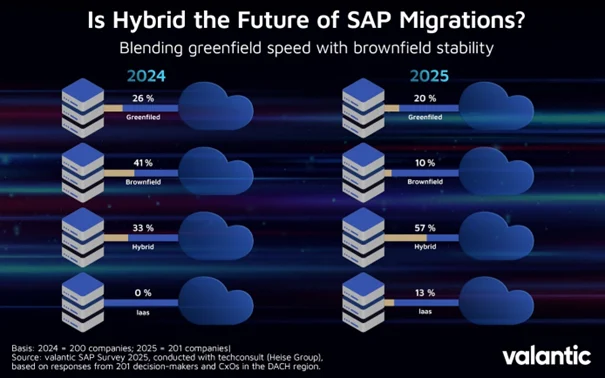
In practical terms, the hybrid path reflects a more balanced philosophy which is to evolve but not to disrupt. Rather than undertaking a risky full rebuild, companies are optimizing their landscapes step by step, reducing downtime and mitigating implementation risk.
Shifting Operating Models
The choice of infrastructure is equally telling. Private cloud environments have nearly doubled in popularity, jumping from 31 % to 58 %. At the same time, on-premises systems continue their steady decline — from 59 % last year to just 20 % today.
Public cloud adoption has reached 22 %, used primarily by companies in industries with standardized processes and lighter compliance requirements, such as retail or services.
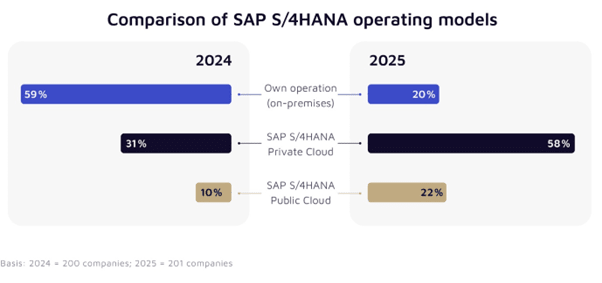
The preference for the private cloud highlights a key regional characteristic: DACH enterprises value control and data sovereignty, particularly in highly regulated sectors such as manufacturing, healthcare, and finance.
Cloud Transformation – Promise and Practicality
Cloud transformation remains one of the most critical yet complex parts of the digital journey. The benefits like scalability, flexibility, cost transparency are clear. However, as the study reveals, companies continue to face a mix of technical, financial, and organizational challenges.
Main Barriers to Cloud Adoption
- 42 % cite cost as the top concern. While cloud pricing models promise pay-as-you-go efficiency, long-term costs can accumulate rapidly if not managed properly.
- 41 % express security and compliance concerns, particularly around data residency and GDPR obligations.
- 33 % highlight integration complexity and shortages of skilled cloud architects.
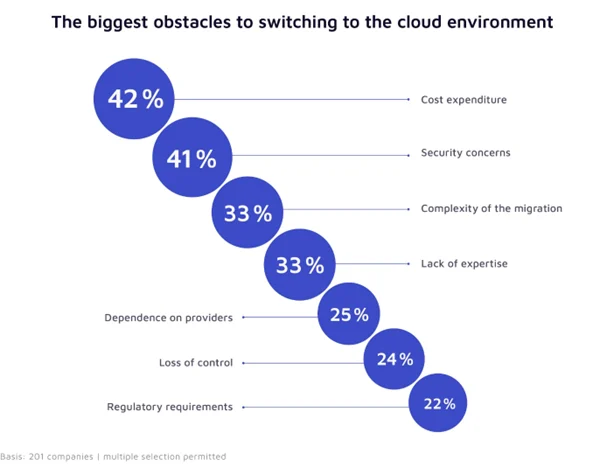
Legacy systems often add to these difficulties. Many enterprises operate hybrid environments where on-premises SAP modules must coexist with new cloud applications. This technical duality requires careful planning and often external expertise to ensure seamless connectivity and consistent governance.
The Balancing Act
Companies recognize the transformative potential of the cloud, but many still approach migration with caution. As one IT manager quoted in the study put it, “The cloud is not just a hosting decision; it’s an organizational change.”
In other words, cloud transformation is as much about processes and culture as it is about technology. Firms that combine technical migration with change management, retraining teams, revising workflows, and ensuring cross-department alignment are finding smoother adoption and faster ROI.
SAP Business Technology Platform (BTP): The Innovation Engine
The SAP Business Technology Platform (BTP) has undergone a quiet transformation of its own. Once seen primarily as a tool for integrating different SAP applications, it has now become a strategic enabler of data-driven innovation.
According to the research:
- 60 % of companies actively use SAP Analytics Cloud for dashboards and reporting.
- Use cases have shifted from integration (30 %) to analytics (60 %) and automation (40 %).
- The majority now view BTP as a foundation for AI and data intelligence initiatives.
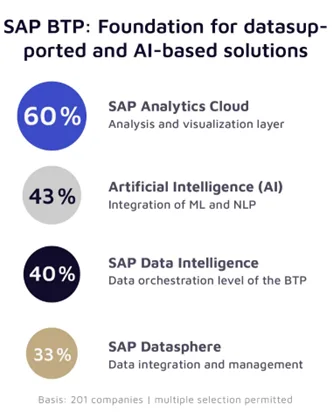

From Middleware to Value Driver
In many organisations, BTP is no longer treated as “technical plumbing” but as an engine for business value. Through automation and analytics, it enables smarter decision-making and supports a faster innovation cycle.
Enterprises that have already invested in BTP are also leveraging it to standardize data models, automate reporting, and connect non-SAP applications into unified workflows. This holistic approach aligns IT strategy more closely with business objectives — a shift that’s redefining how CIOs measure success.
SAP Business Data Cloud (BDC) and the New Era of Data Management
If BTP is the innovation engine, the SAP Business Data Cloud (BDC) is quickly becoming the fuel that powers it. Awareness of BDC is already high, only 6 % of companies remain unfamiliar with the concept and adoption is rising fast.
Key Insights from the Study
- 54 % of IT managers view BDC as central to their future data management strategy.
- 49 % believe BDC will enhance generative AI capabilities across their organisations.
- 47 % expect BDC to simplify system integration and reduce data silos.

As generative AI tools become more integrated into enterprise workflows, structured and well-governed data foundations are critical. BDC’s promise lies in creating a single, trusted data layer that connects SAP and non-SAP systems, allowing companies to train and deploy AI models more effectively.
Forward-looking enterprises see this as the next step beyond basic cloud migration, a move toward data intelligence ecosystems capable of real-time insights and predictive analytics.
6AI Integration in SAP Systems – From Trend to Transformation
Artificial Intelligence has transitioned from buzzword to business driver. In the SAP ecosystem, AI is increasingly embedded across planning, analytics, and process automation.
Adoption and Focus Areas
- 29 % of companies already use AI within their SAP environment.
- Another 51 % plan to implement it in 2025.
- Leading focus areas include generative AI (48 %), AI Foundation (43 %), and AI for Planning (43 %).
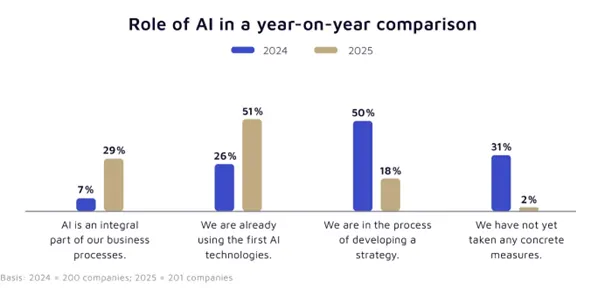
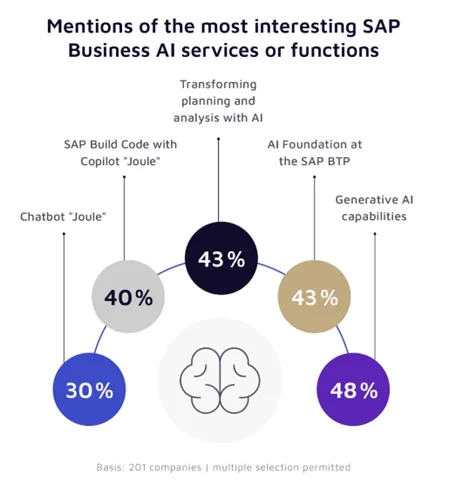
Why Companies Are Investing
The top motivations include cost savings, faster decision cycles, and process efficiency. AI helps automate repetitive tasks, enhance predictive maintenance, and improve forecasting accuracy. For instance, manufacturers use AI-powered analytics to optimize production schedules, while retailers deploy generative AI to create personalized product descriptions at scale.
Challenges to Overcome
Still, challenges persist. 47 % of respondents cite IT security risks, and 36 % mention a lack of trust in AI outcomes. Data quality and governance remain foundational issues — without them, AI initiatives risk producing biased or unreliable results.
Nevertheless, the overall direction is clear: AI is becoming a core capability of enterprise systems, not an optional experiment.

Strategic Takeaways – Building Resilient Digital Foundations
From migration strategies to AI adoption, several clear themes emerge from this year’s study:
- S/4HANA is now mainstream. Virtually every company has it on the roadmap.
- Hybrid is the new standard. Flexible migration paths dominate over one-size-fits-all models.
- Private cloud leads the way. It offers the ideal balance between agility and control.
- Platforms are strategic assets. BTP and BDC are evolving into business enablers rather than technical afterthoughts.
- AI is moving from pilot to production. The focus is on business value, not experimentation.
- Execution challenges remain. Cost management, security, and talent shortages are still major hurdles.
In short, DACH companies are approaching digital transformation with pragmatism and precision. They are no longer chasing hype cycles but investing in sustainable architectures that will serve their business goals for the next decade.
What to Watch in 2026 and Beyond
The next year will likely bring even deeper changes. Companies should watch for:
- Acceleration of AI integration within SAP modules, especially in finance, HR, and supply chain management.
- Increased convergence of BTP and BDC for unified data access.
- Expansion of private-cloud services tailored to industry needs.
- Talent shortages becoming a decisive factor in transformation speed.
- Stronger regulatory frameworks around data privacy and AI ethics, requiring companies to adapt governance models.
2026 could become the year when digital maturity becomes a competitive differentiator rather than a long-term goal. Those with flexible architectures and clear data strategies will have a significant head start.
Conclusion
The 2025 valantic SAP study paints a picture of a region in motion. SAP-using companies in Germany, Austria, and Switzerland are embracing transformation with a focus on balance — between innovation and reliability, between speed and security, between ambition and feasibility.
Hybrid migrations, private clouds, and intelligent data platforms like BTP and BDC are redefining how enterprises modernize. Meanwhile, the integration of AI marks a decisive step toward a more autonomous, data-driven future.
As one CIO in the study aptly summarized: “We are no longer transforming for technology’s sake. We are transforming for resilience.”
In the coming years, this mindset will distinguish the leaders from the laggards in the SAP ecosystem — and shape the next chapter of digital transformation across the DACH region.
Take a look at the full report here :
https://www.valantic.com/en/re
For more details/ data please contact :

Ms. Nina Winkels
Ms. Nina Winkels can be contacted at:
About Valantic :

valantic is Number 1 for digital transformation and one of the leading digital solutions, consulting, and software companies on the market.
valantic combines technological expertise with industry knowledge and the human touch.
More than 500 blue chip clients have placed their trust in valantic, including 32 of 40 DAX-listed companies, many large Swiss and Austrian companies, and many prominent medium-sized companies.
With more than 4000 specialized solution consultants and developers and sales of around EUR 600 million in 2024(e), valantic is represented in numerous branches in Germany, Austria and Switzerland as well as other international locations.
valantic features a unique structure with competence centers and expert teams – always precisely tailored to companies’ digitization needs, from strategy to tangible realization. The range of services includes Customer Experience, Digital Strategy & Analytics, Financial Services Automation, SAP Services, and Smart Industries & Industry 4.0.
valantic can be contacted at:

